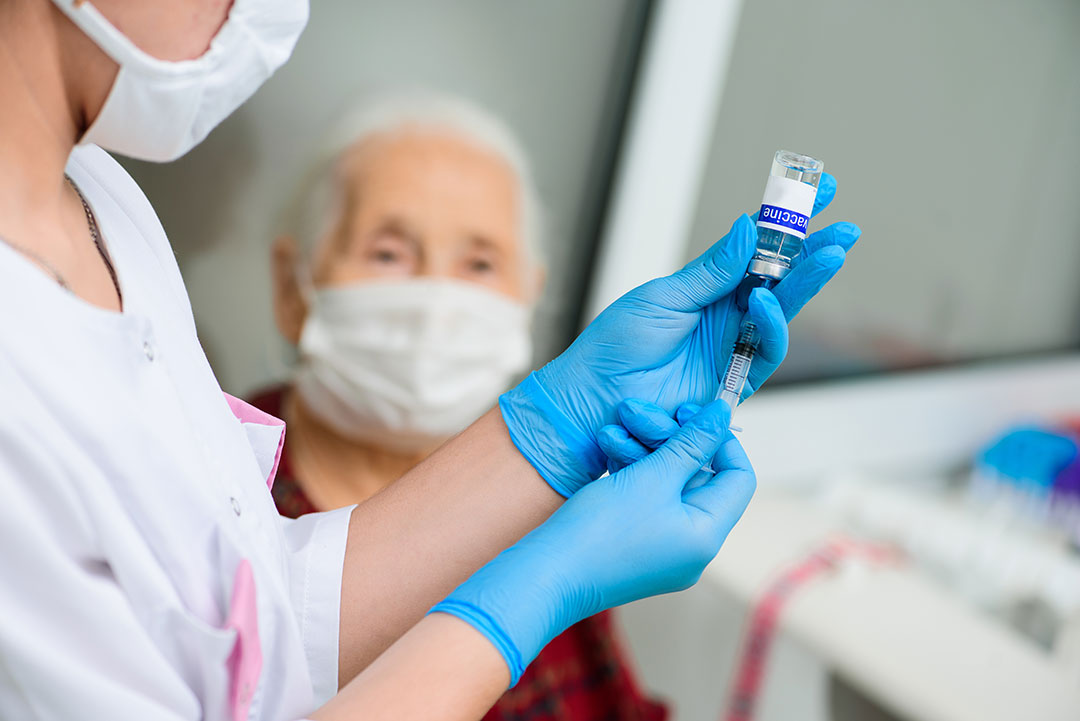Should I invest in a pulse oximeter?
Sales of medical devices that measure the oxygen saturation of blood are booming thanks to the COVID-19 pandemic. But are they worth the investment?
- 17 March 2021
- 4 min read
- by Linda Geddes

Since the early months of the pandemic, doctors have been aware of an alarming subgroup of COVID-19 patients who develop “happy hypoxia” – where they show no obvious symptoms of being severely ill, despite having worryingly low oxygen levels. The phenomenon is difficult to detect without monitoring blood oxygen levels, and it is dangerous because these patients can rapidly deteriorate and require urgent access to machines that can support their breathing.
Pulse oximeters prescribed by healthcare professionals, such as a doctor, are likely to have undergone clinical testing to confirm their accuracy.
Enter the pulse oximeter: a non-invasive device that clips to a fingertip or earlobe and measures how much oxygen is being carried by the blood, as well as heart rate. This information, alongside other health data, can help healthcare workers decide if someone needs extra breathing support and should therefore be transferred to hospital.
Sales of pulse oximeters are booming in some countries as both individuals and health systems invest in them to monitor the symptoms of discharged COVID-19 patients at home. However, concerns have also been raised about their accuracy, partly because patients may not use them correctly but also because they may be less accurate for some people – particularly those with darker skin tones.
At-risk patients
Pulse oximeters cannot diagnose COVID-19, but they can alert patients who are already infected with coronavirus when levels of oxygen in the blood are falling. They are therefore most appropriate for use by those at high risk of developing serious symptoms, such as older people, and those with medical conditions that put them in a higher risk category, such as serious heart or lung conditions. For instance, the UK’s National Health Service is currently offering pulse oximeters to COVID-19 patients who are aged 65 years and older and/or are regarded as clinically extremely vulnerable.
Emergency assistance
The devices work by shining two different wavelengths of light through people’s skin to measure how much oxygen is being carried by their blood. Blood containing plenty of oxygen absorbs different ratios of these wavelengths compared to deoxygenated blood.
Have you read?
The normal blood oxygen saturation for healthy people is around 95-100%, whereas a reading of 92% or below is usually a sign of serious illness, and suggests the individual may need urgent medical assistance. Precise guidance on what to do if someone’s oxygen levels fall between these levels may vary between countries, but generally involves seeking medical advice.
Accurate readings
Pulse oximeters prescribed by healthcare professionals, such as a doctor, are likely to have undergone clinical testing to confirm their accuracy. Anyone purchasing one for themselves should be wary of inflated online prices and, also very low-cost equipment, and look for one that has been approved by a regulatory agency such as the US Food and Drug Administration. Finger-clip oximeters are also likely to be more accurate than those found on smartwatches or mobile phone apps.
Yet even medically approved devices can give misleading readings in some circumstances. For instance, a recent study in the New England Journal of Medicine found that inaccurate readings occurred about 12% of the time when oximeters were used on people with black skin compared to less than 4% when used on people with white skin. Because of this, people should never ignore physical symptoms, such as severe shortness of breath or confusion, even if their oxygen level appears fine – and call for urgent medical assistance.
However, when measurements are taken repeatedly over a sustained period of time, pulse oximeters may help to alert someone to a decline in their lung health before they feel any symptoms. They may therefore provide a useful supplemental tool for assessing patients.









